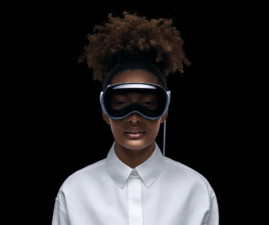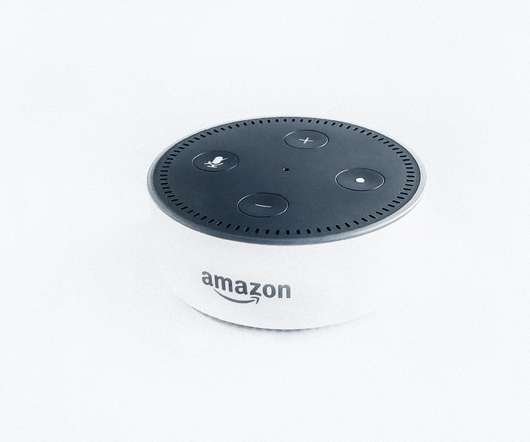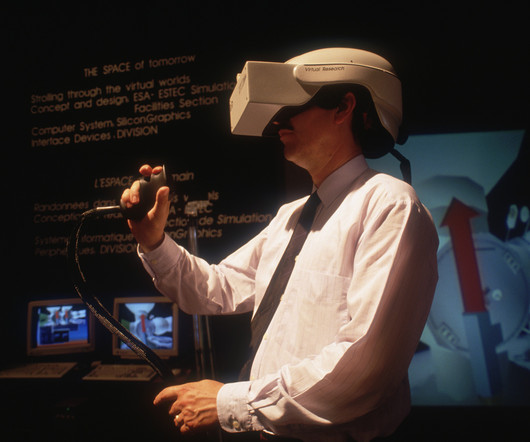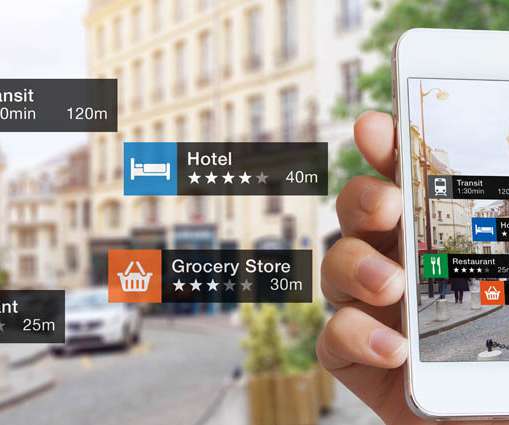A Tech Investor’s Take on the Apple Vision Pro
ARPost
JULY 21, 2023
However, Almeida said that he had been waiting for something like an Apple headset for even longer than that – ever since he was, like so many others, disenchanted by the Google Glass device that launched in 2013. It’s currently the dominant approach in lighter-weight, lower-cost AR devices.

















Let's personalize your content